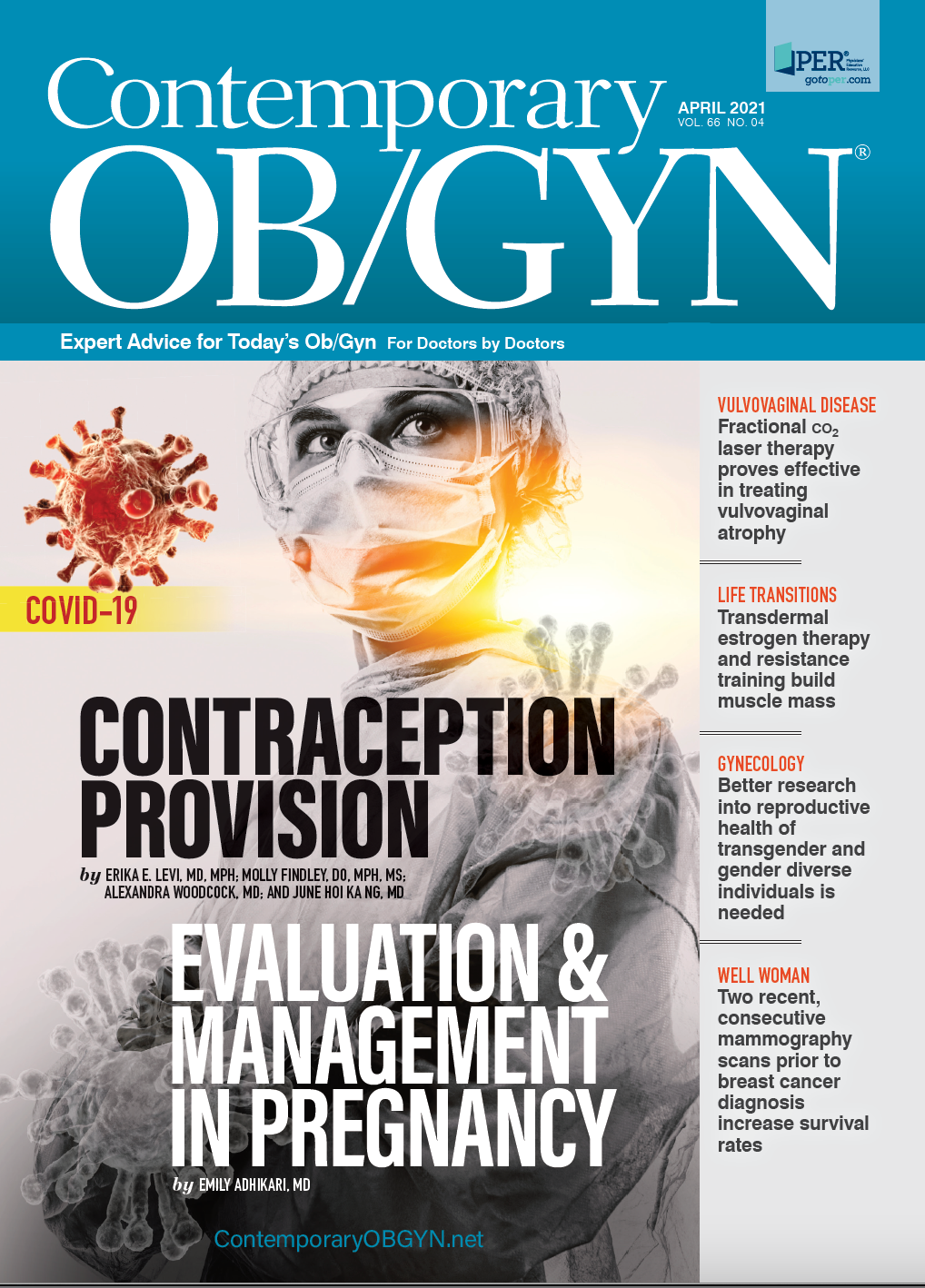Survival Rates Increase When Patients Have 2 Mammograms Prior to Receiving Breast Cancer Diagnosis
Missing just 1 screening can lead to significant increase in risk, investigators say.
Patients with breast cancer who had 2 recent, consecutive mammography scans before receiving their diagnosis saw a 49% reduction in mortality and a 50% lower chance of death after 10 years than patients who did not have screenings, according to a study published in Radiology. Twice-screened women also had a 22% to 33% death reduction range compared with women who had a single screening prior to receiving a diagnosis of breast cancer.1
The study was funded by the American Cancer Society. Previous studies had examined only the effect of a single screening on death rates following breast cancer diagnosis.2,3
Investigators examined participation data from 549,091 Swedish women from 1992 to 2016 from 9 counties who were eligible for mammography. The participants ranged in age from 40 to 69 years, with mean age of 58.9 years.
These data were connected to data from registries and regional cancer centers, which included breast cancer diagnosis, cause, and date of death, according to the authors. Breast cancer mortality data were obtained from the Swedish Cause of Death Register of the Swedish National Board of Health and Welfare.
During the study period, participants received a letter inviting them for mammography with a prebooked appointment. In Sweden, women aged 40 to 54 years are recommended to get a scan once every 18 months, and women aged 55 to 69 years are recommended to be screened once every 24 months.
However, investigators noted that screening age ranges can vary by county. Urban screening participation rates in mammography screening are 70%, whereas in more rural areas there is a 90% participation rate, investigators said.
Investigators calculated breast cancer mortality based on the number of screenings and the timing of the scans. Participants were divided into 4 screening groups prior to receiving a diagnosis of breast cancer: serial participants (392,135), who had their last 2 scheduled screenings before receiving a diagnosis; intermittent participants (41,746), who went to their last scan but not the next-to-last screening; lapsed participants (30,945), who had their next-to-last scan but not the last scan; and serial nonparticipants (84,265), who did not have their last 2 screenings.
Investigators calculated rate data using Poisson regression and produced relative risks (RRs) and 95% CIs for 9 combined counties, according to the authors. A significant difference was considered to be P <.05. “The 2 end points were analyzed according to the different participation groups and were offset by the person-years of observation,” the study’s authors wrote.1
Investigators reported 3995 deaths during the study period. Participants who attended both screenings had a 49% reduction in the risk of death and 50% lower risk of death after 10 years, according to the authors. “We found substantial and significant reductions for both mortality from breast cancer (relative risk [RR], 0.51; 95% CI: 0.48, 0.55; P <.001) and incidence of breast cancers proving fatal within 10 years (RR, 0.50; 95% CI: 0.46, 0.55; P <.001) for [those] who had participated in both of their previous 2 screening examinations (serial participants) compared with [those] who did not attend either of their last 2 screening examinations (serial nonparticipants),” the authors wrote.1 While reductions were smaller in intermittent (33%)and lapsed participants (28%), the investigators noted the decrease was still significant.
“Missing even 1 screening examination confers a significant increase in risk. This is an important message for women in the screening age groups, their referring physicians, and public health decision makers,” the authors concluded.1
References
- Duffy SW, Tabár L, Yen AMF, et al. Beneficial effect of consecutive screening mammography examinations on mortality from breast cancer: a prospective study. Radiology. March 2, 2021. doi:10.1148/radiol.2021203935
- Tabár L, Dean PB, Chen THH, et al. The incidence of fatal breast cancer measures the increased effectiveness of therapy in women participating in mammography screening. Cancer. 2019;125(4):515–523. doi:10.1002/cncr.31840
- Duffy SW, Tabár L, Yen AMF, et al. Mammography screening reduces rates of advanced and fatal breast cancers: results in 549,091 women. Cancer. 2020;126(13):2971-2979. doi:10.1002/cncr.32859

Newsletter
Get the latest clinical updates, case studies, and expert commentary in obstetric and gynecologic care. Sign up now to stay informed.
